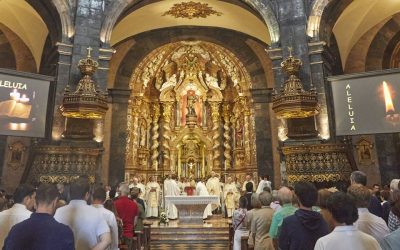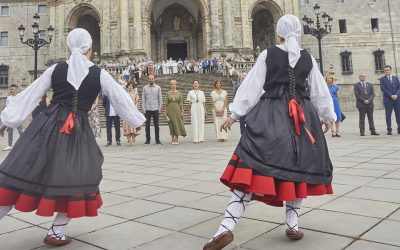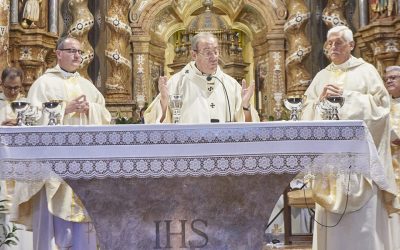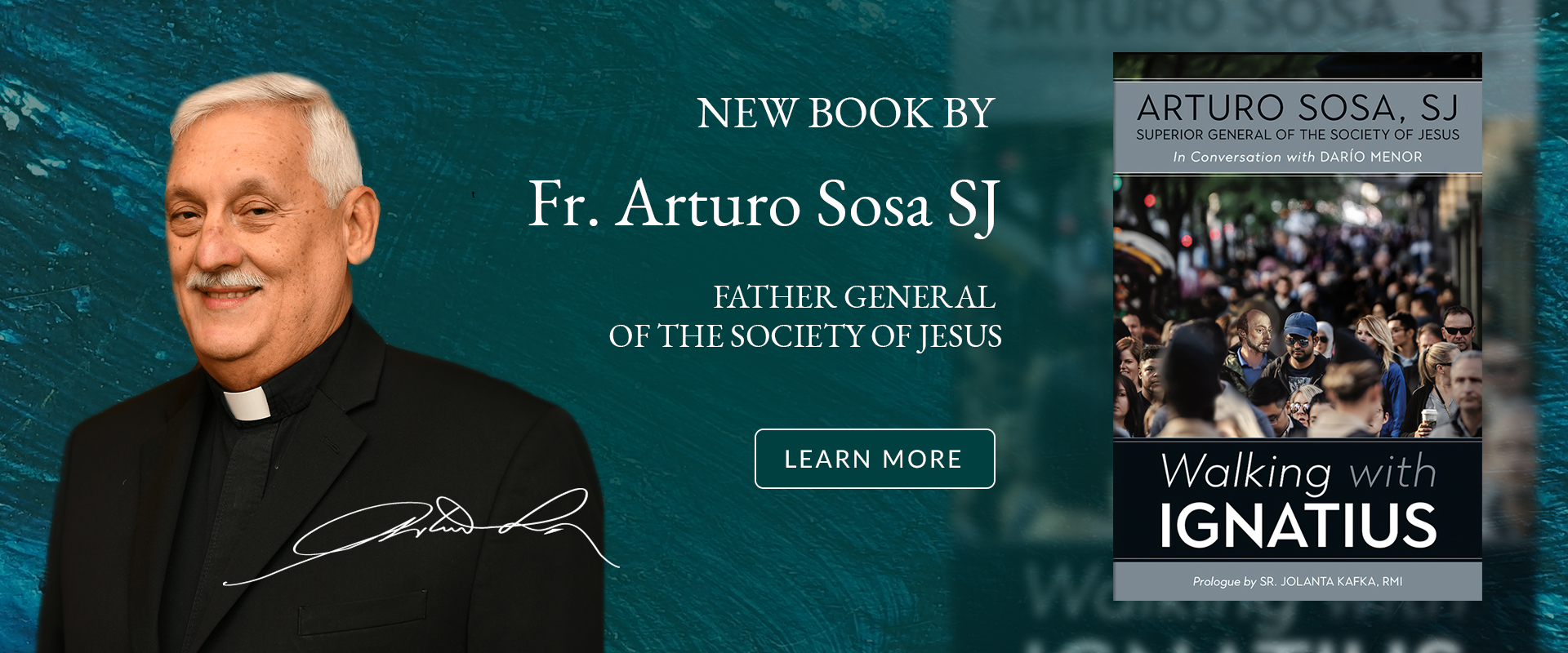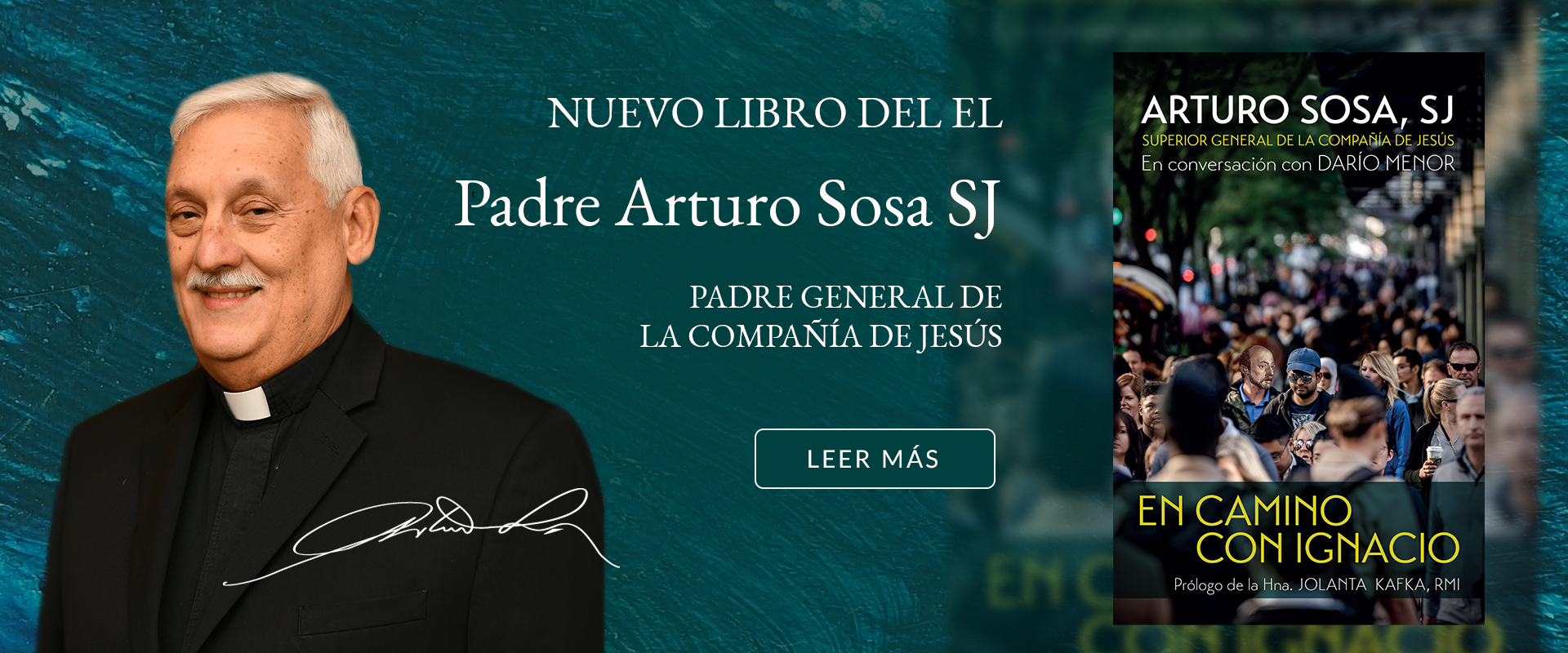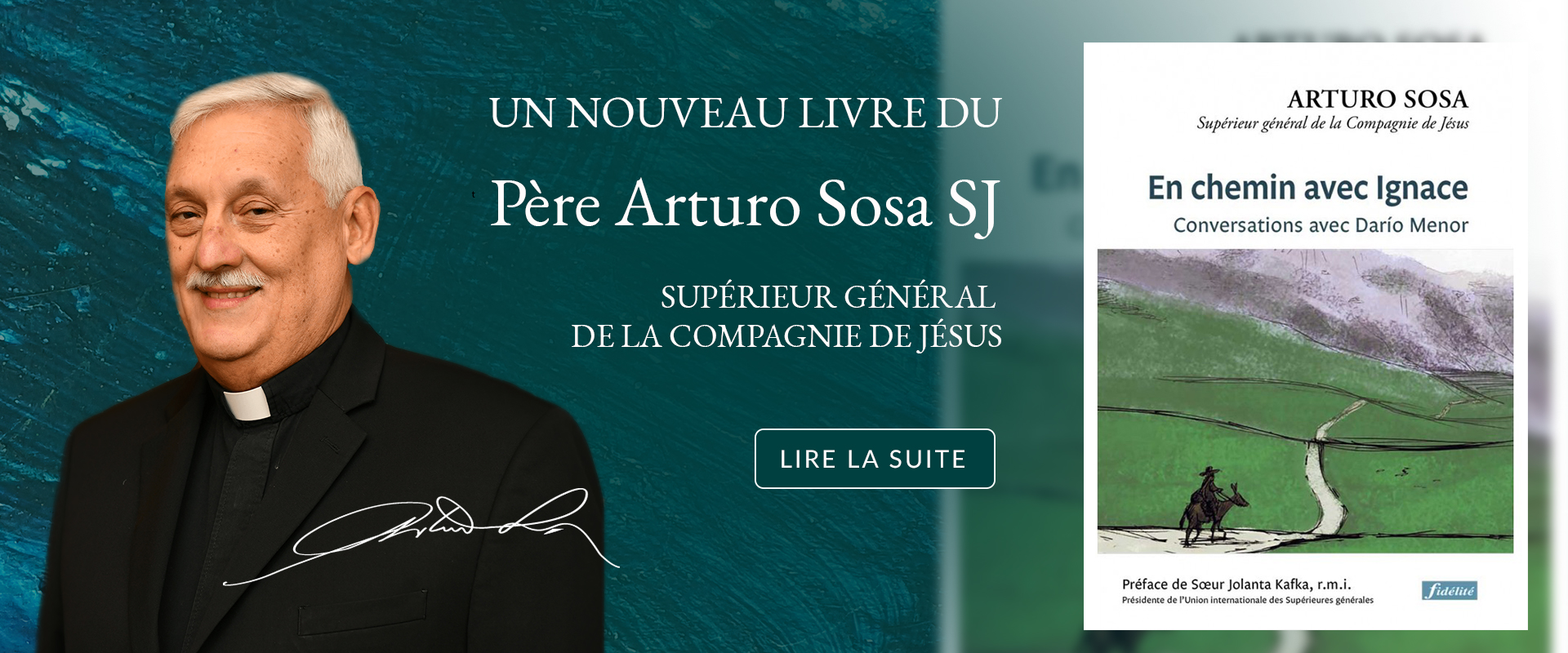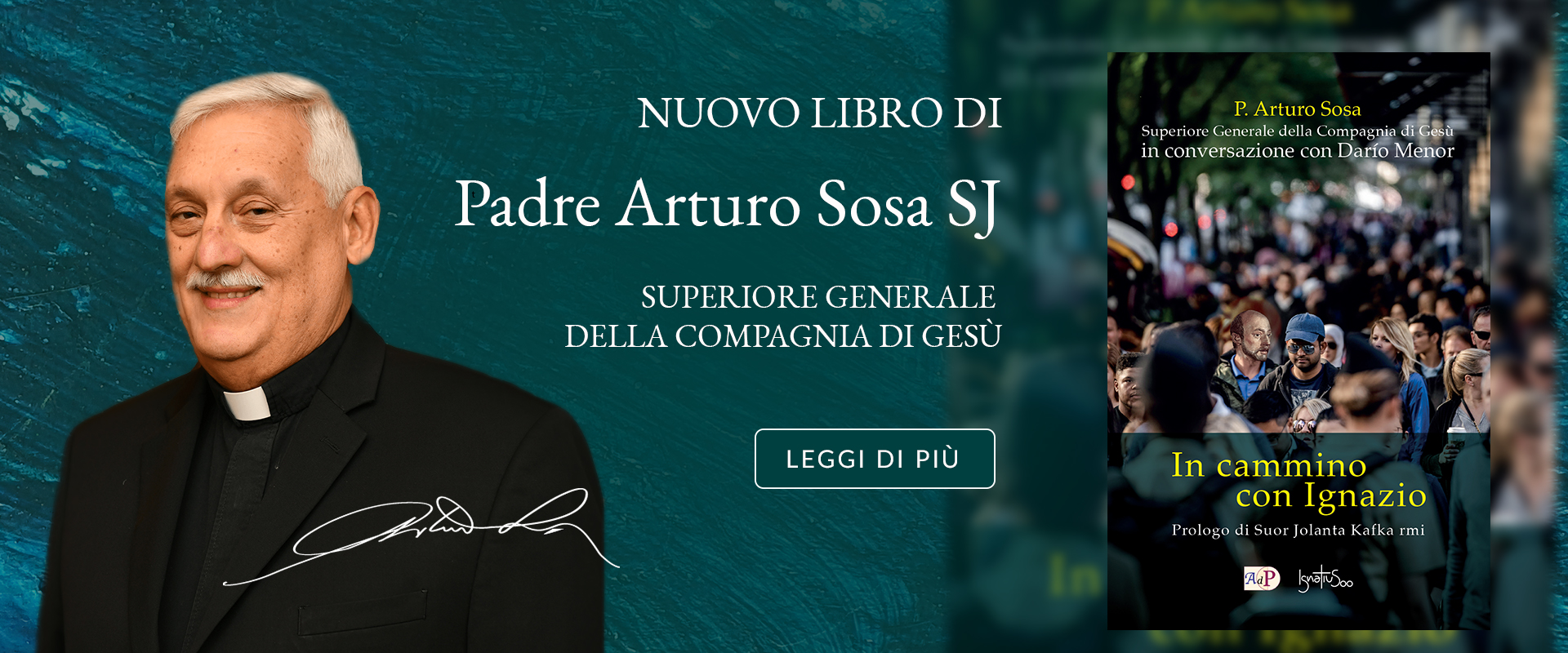This article was first published in the Jesuits Yearbook of 2021. You can find the entire Yearbook following this link.
The “Camino Ignaciano” (Ignatian Way) was designed several years ago in order to recreate the journey made by Íñigo from his house in Loyola to Manresa in 1522. Today, it is open to anyone wishing to follow the footsteps of the “pilgrim” in the North of Spain.
For Íñigo, it had all begun a year earlier. On May 20th 1521, he was gravely wounded in the legs while defending the castle of the city of Pamplona from the French. Taken to Loyola and in danger of dying, he spent several months convalescing until making a full recovery. As we know, God touched his heart through the religious literature he was reading: soon Íñigo’s household began to notice a change within him, sensing a deep psychological shift. It was genuine. In consequence, Íñigo decided to abandon his former way of life and go as a penitent on pilgrimage to Jerusalem. In February 1522, taking hardly a thing with him, he left for Barcelona from where he planned to set sail for the Holy Land. However, before arriving at the Mediterranean coast, he decided to spend a few quiet days in the town of Manresa. He remained there until February 1523, nearly 11 months, a period that would prove decisive for his conversion.
In Manresa, he acknowledged that “all things seemed new” to him. Thus, his initial transformation in Loyola was consolidated. This is why, remembering Ignatius the Pilgrim some 500 years later, we chose the motto, “Seeing all things anew in Christ.” Throughout his life, Ignatius sought to walk in the footsteps of Christ, his Lord, the one he had discovered deep within, and whom he would help so many others to know, love and follow through the Spiritual Exercises.
Now, the Society of Jesus is offering the Society and all its friends and supporters, an opportunity for profound personal renewal inspired by the experience of our founder. A return to topics such as the spiritual journey, reconciliation, spiritual conversation, discernment, Ignatian and Jesuit identity and history, vocations and their promotion among the young, the mission to evangelise… will help us to recognise the work of God throughout history and up until the present day. The “Ignatian Year,” in particular will focus on two realities, conversion and poverty, as the springboard for evangelisation. This is what happened to Ignatius of Loyola, who, stripped of his attachments, allowed himself to be led, without pre-empting, by the Spirit. He lived a poverty connected to the poor and humble Christ, and linked simultaneously to Christ’s friends, the poor. This poverty we live out today in community, institutionally and globally, evaluating how best we may combat injustice against people and nature. Since 2019, the Society has advocated implementing these steps through the Universal Apostolic Preferences, which are widely discussed throughout this Yearbook. The Ignatian Year celebrations do not seek to add any new elements to the Preferences but rather that the year’s activities should be aligned to them.
Since 2017, several groups, especially in Spain and in Rome, have been working towards helping to facilitate these attitudes. The goal is for this conversion to be experienced in every sphere influenced by Ignatian spirituality: schools, universities, spirituality centres, drop-in centres, refuges offering hospitality and help to migrants and refugees, in parishes and shrines, through literature and the arts, the mass media, etc. Naturally, we are open to suggestions for organising all sorts of activities, so long as they do not distract from the main aim: helping people to benefit from Ignatius’s interior “camino” between Loyola and Manresa and, subsequently, Rome. This is so that everyone, adapting the camino to their individual circumstances may, as the Spiritual Exercises ask, “draw profit” from it. Action should match contemplation in equal measure: our internal self-reflection matching our outward observation. Understanding how Ignatius let go as he followed Christ will help us to truly grasp the newness of all we experience post-conversion as an experience lived with Jesus.
If the beginning of the Year will recall Íñigo’s battle wounds (on May 20th 2021) and its closure celebrate the date of the pilgrim’s birth in heaven (July 31st 2022), the middle part will mark the 400th anniversary of St Ignatius’s canonisation (March 12th 2022). St. Francis Xavier, St. Teresa of Avila, St. Isidore the Labourer and St. Philip Neri, were also canonised on the same day as Ignatius. This celebration will therefore be a chance to reflect on holiness in the Church and the ways God has led, since time immemorial, those who have put themselves in the line of fire for him, as, indeed, He continues to do today.
Translated by Elizabeth Twiston Davies



